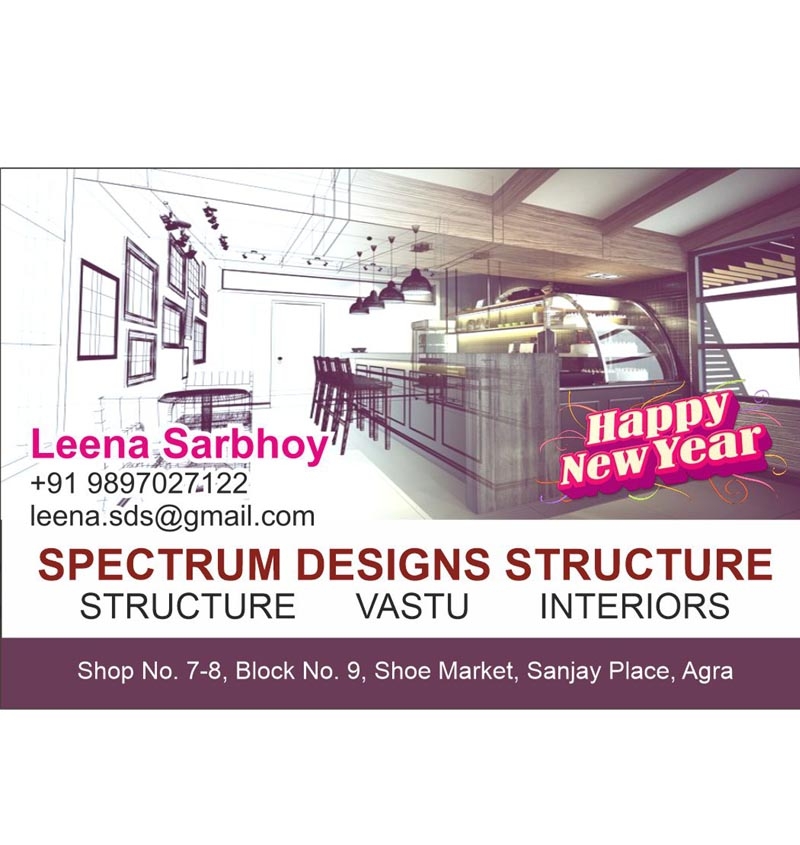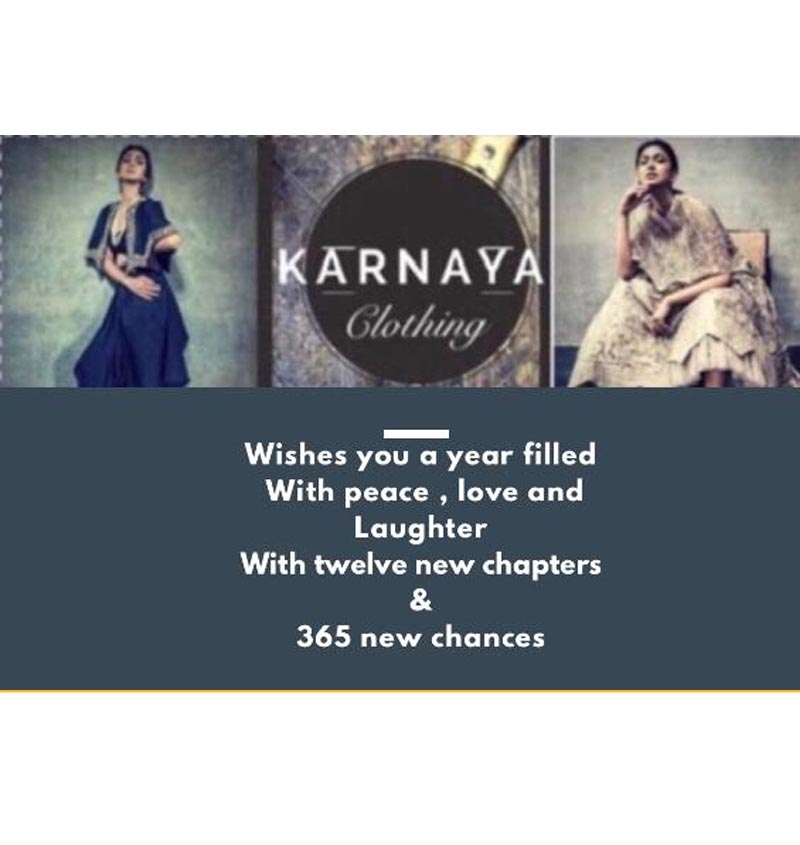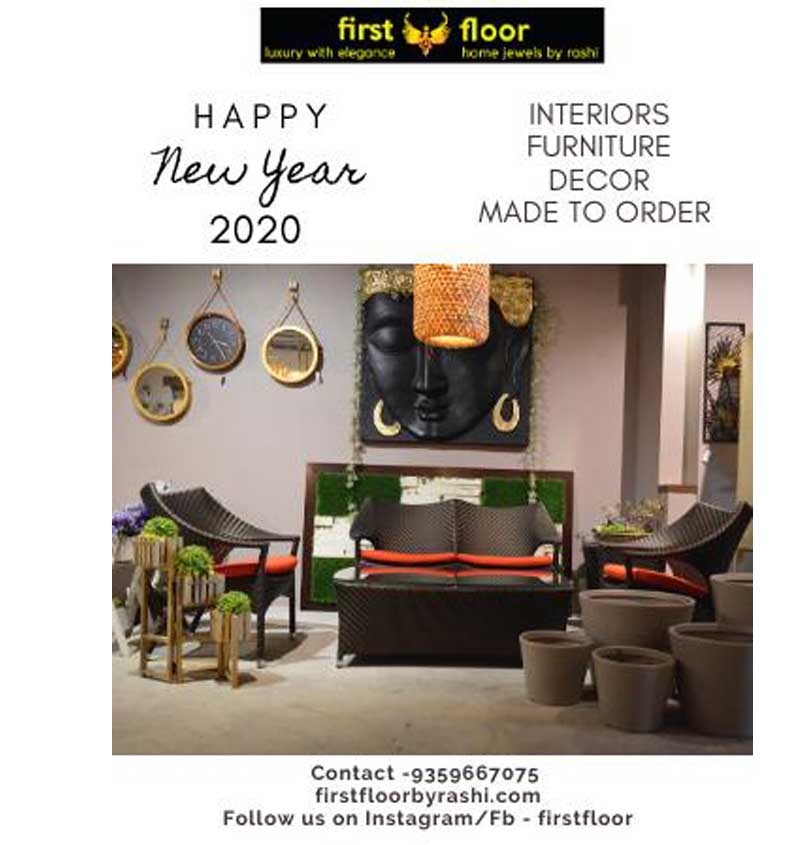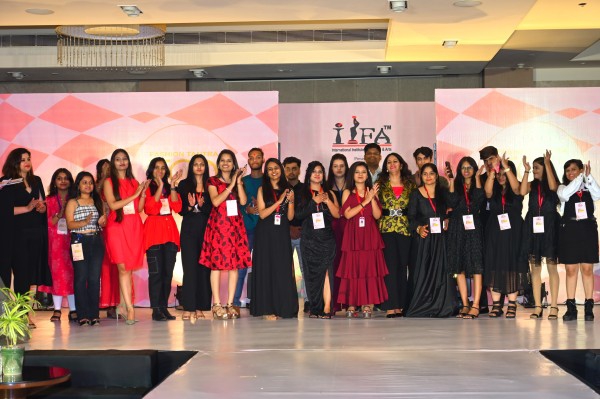Style as a Visual Language
Every day, we wake up and choose how to present ourselves to the world. These choices—whether deliberate or subconscious—form a visual language. A well-tailored suit might speak of professionalism and control, while a vintage dress may hint at nostalgia or a love for the past. A punk jacket, a floral hijab, or a pair of neon sneakers—all say something about the person wearing them, even before they speak.
In this way, fashion operates as a tool of non-verbal communication, revealing clues about our personality, values, and even emotions. It's a language we all speak, whether we intend to or not.
Dressing the Mood
Fashion also has the power to reflect our internal emotional state. Some people dress in darker tones during periods of grief or introspection, while others might wear bright colors when feeling optimistic or energetic. This connection between emotion and attire isn’t just psychological—it’s cultural. For example, traditional mourning clothes in many societies are black or white, representing solemnity or purity.
Conversely, fashion can also influence our mood. The act of dressing up can boost confidence, change our posture, and shift how we feel about ourselves. This is sometimes called "enclothed cognition"—the idea that clothing affects our mental processes and performance.
Fashion and Identity
For many, clothing is a powerful way to express aspects of identity such as gender, culture, sexuality, or beliefs. And as society becomes more open to diverse expressions of identity, fashion has become a more inclusive platform for self-discovery and self-affirmation.
-
Gender expression: Fashion is increasingly moving beyond traditional gender norms. Non-binary, gender-fluid, and trans individuals use style to express their authentic selves in ways that challenge the binary.
-
Cultural pride: Wearing traditional clothing or incorporating cultural elements into modern outfits can be a powerful declaration of heritage and identity.
-
Belief systems: Religious dress, such as turbans, yarmulkes, or headscarves, often communicates values and devotion while intersecting with personal style.
Fashion as Rebellion and Freedom
Throughout history, fashion has been used as a form of protest and rebellion. From the flappers of the 1920s rejecting corsets to the youth-led counterculture movements of the 1960s and 70s, clothing has often been a statement against the status quo.
In today’s world, where political and social identity is increasingly central, fashion allows individuals to make bold statements—whether through slogans on T-shirts, upcycled outfits that challenge fast fashion, or styling that defies gender roles.
Creating a Personal Style Narrative
Developing a personal style is, in many ways, about getting to know yourself. It requires introspection—what do you want to say about yourself, and how do you want to feel? Some people use fashion to play different roles or experiment with identities, while others find comfort in a consistent, signature look.
Your closet can be a canvas. Each piece—whether a beloved jacket passed down from a parent or a pair of shoes that make you feel unstoppable—adds to your personal narrative.
Conclusion: Wear Who You Are
In a world where we're constantly navigating identity, visibility, and self-worth, fashion offers a daily opportunity for expression. It allows us to reclaim our stories, assert our presence, and find joy in creativity. Ultimately, fashion isn't about dressing to impress—it's about dressing to express.
Because when we dress the inner self, we don’t just get dressed. We show up in the world as our most authentic, intentional selves.



















Your Message